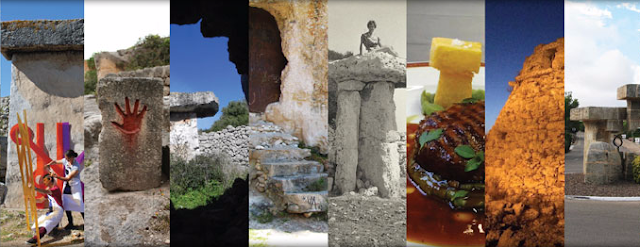Iranian Heritage in Danger (II): Bam Citadel
This post intends to focus on Bam citadel which is a symbol of Iranian art and civilization.
Located in southeastern Iran, 200 kilometers south of Kerman, the ruined city of Arg-e-Bam is made entirely of mud bricks, clay, straw and the trunks of palm trees. The city was originally founded during the Sassanian period (224-637 AD) During Safavid times; the city occupied six square kilometers, was surrounded by a rampart with 38 towers, and had between 9000 and 13,000 inhabitants. Bam Citadel was hit by the earthquake which equally devastated City of Bam in the desert province of Kerman.
The quake demolished 90 per cent of this invaluable architectural monument, but the revival attempts, having started almost immediately after the quake, addressed the rebuilding of the citadel through a combination of traditional and modern methods of reconstructing an ancient building. The initial efforts sought to restore the strength to the castle and save its historical identity and hue as well. In 2003, the Citadel was demolished by the quake; this struck the people with grief and gloom, since the Citadel was a source of inspiration and symbolized life in a city in the middle of the desert. In the process of construction, different academicians and experts participated in a multinational workshop to erect the citadel anew. Restoration efforts began in early 2004. Since then, with the aid of international governments and organizations, local Iranian authorities have worked tirelessly to rebuild the towering citadel and the town it overlooked for some two millennia.The restoration and partial reconstruction of selected elements need to be based on a critical assessment of the reliability of documentary and field evidence, and taking care that the impact on the archaeological and natural setting will not alter the existing balance of the property. The re-establishment of some of the pre-earthquake conditions will need to be in concurrence with international conventions and charters to ensure that the conditions of authenticity and integrity continue to be met. At the same time, conservation and protection of the World Heritage property requires a balanced approach to confer the site its place in the living culture and its contribution to the specific identity of Bam, as well as the values associated with the long and complex history of the city and its associated landscape. These days, after nearly thirteen years of restorative efforts, Iranian media outlets indicate that the famed citadel is finally set to reopen to the public and tourists. It is predicted to have [a] swarm of tourists rushing to the Citadel. It is not undeniable that there have been some problems in restoration and conservation process of Bam citadel:
- Changing management and government’s priorities in different period of time cause delay.
- Lack of management to settle people after earthquake around the landscape of Bam castle.
- Contrast between reconstructed bulling around the citadel and Bam castle make challenge and changed the cultural landscape.
- Constructed petrol station and making some commercial sites also can be observed as a problem.
- Wind and cyclone which caused by soil can cause erosion and other irreversible effect on mentioned site.
- Damaging appearance of the castle comes from People ignorance about protecting world heritage sites.
There are some suggestions by author:
- Providing infrastructures such as Tourist Information as the main activities, public transportations, restaurants and hotels and tourist basic needs can increase tourists in that area.
- Assigning some facilities such as loans, free places as protecting plan to produce artistic and local crafts by local artist to protect cultural heritage.
- Holding academic workshop for local people to increase their knowledge about world heritage as a useful way to decrease damage which come from people ignorance.
- Holding exhibition to show films and slides, earthquakes and seismic improvements, the findings of archeology in that area can be considered as the most important measures to develop tourism.
All in all, conserving historical and natural sites should be one area of government's priority of the countries all around the world. Government and citizens should be jointly responsible for world heritage.
Iranian Heritage in Danger is a post series by UCM doctoral student Ghazal Nouri.








Comentarios
Publicar un comentario